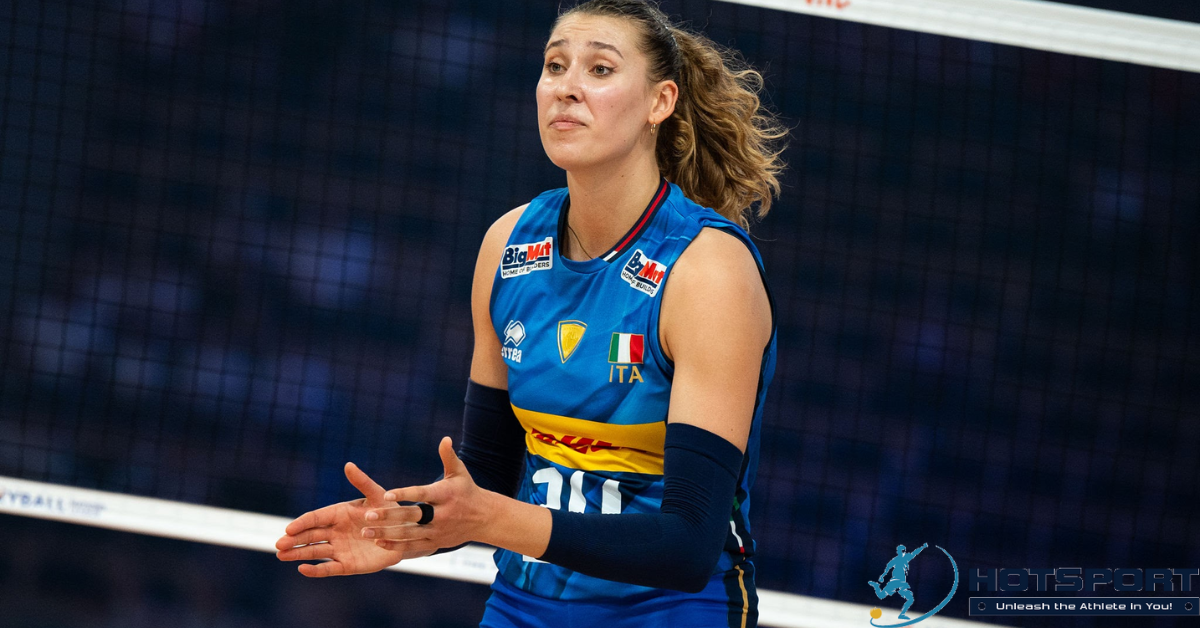Remo vs. Operário: A Historic Rivalry in Brazilian Football
Brazilian football is defined by intense rivalries that go beyond the pitch, becoming integral to the culture and identity of fans. Among these stories, the clash between Clube do Remo and Operário Ferroviário Esporte Clube holds a special place, particularly for the supporters in Pará and Paraná. While not as widely discussed as Flamengo vs. Fluminense or Corinthians vs. Palmeiras, the duels between Remo and Operário carry a unique emotional and historical weight, driven by unforgettable moments and the passion of their fanbases. This article explores the history, iconic moments, curiosities, and cultural impact of this rivalry, spanning over 2,000 words, celebrating the essence of Brazilian football.
The Origin of the Rivalry
The Remo vs. Operário matchup is not just a football game but a meeting of two cities—Belém and Ponta Grossa—representing distinct regional pride. Founded in 1905, Remo is one of the most traditional clubs in Pará, known as the “Blue Lion” and backed by a fervent fanbase, the “Blue Nation.” Operário, established in 1912, is the pride of Ponta Grossa, nicknamed the “Phantom” for its ability to surprise opponents. The rivalry began to take shape in national competitions, such as the Brazilian Série B and Série C, where the two clubs often faced off in decisive matches.
Historical Context
In the 1970s and 1980s, Brazilian football expanded, with clubs from less central regions like the North and South gaining prominence. Remo, a powerhouse in Pará, and Operário, representing inland Paraná, met in national tournaments that tested their mettle. These games were more than sporting contests; they were battles for recognition in a landscape dominated by Southeastern clubs.
Early Encounters
The first recorded clashes between Remo and Operário date back to the 1980s, during the Taça de Prata (the former Série B). While historical records are sometimes incomplete, these matches were characterized by packed stadiums and regional rivalries. The Mangueirão in Belém and the Germano Krüger in Ponta Grossa became stages for true sporting wars, with vibrant crowds and players fully committed to the cause.
Iconic Moments
Over the years, Remo vs. Operário has produced unforgettable matches etched in the memories of fans. Below are some of the most memorable moments.
The 1989 Game: Remo’s Historic Comeback
In 1989, during the Série B, Remo and Operário faced off in a crucial match for qualification. Operário took a two-goal lead in the first half, capitalizing on their attackers’ speed. However, spurred by their home crowd at the Mangueirão, Remo staged an epic second-half comeback, scoring three goals in under 20 minutes. The hero of the match was striker Zé Raimundo, who netted twice and became an instant idol of the Blue Nation. The 3-2 victory remains one of the greatest moments in Remo’s history.
The 2005 Série C Final
One of the most intense chapters of the rivalry occurred in 2005, in the Série C final. After strong campaigns, Remo and Operário reached the title decider, which also secured promotion to Série B. The first leg in Ponta Grossa ended in a 1-1 draw, with a free-kick goal from Operário’s midfielder Joãozinho and a header from Remo’s defender Carlinhos. In the return leg at the Mangueirão, Remo triumphed 2-0, with goals from Landu and Ratinho, clinching the title and sparking celebrations across Belém. This clash is often cited as the pinnacle of the rivalry.
The Controversial 2019 Draw
In 2019, during the Série C, a 0-0 draw at the Germano Krüger sparked controversy. Remo had a goal disallowed in the final minutes for an alleged foul on the goalkeeper, prompting protests from the Pará fans. The match was tense, with red cards on both sides and questionable refereeing. To this day, Remo supporters believe the result could have altered their campaign’s trajectory.
Stadiums: The Stage of the Rivalry
Stadiums are central to the Remo vs. Operário story, embodying the heart of the fanbases.
Mangueirão: The Blue Lion’s Den
The Estádio Olímpico do Pará, known as the Mangueirão, is one of the largest stadiums in Northern Brazil. With a capacity of over 45,000, it transforms Remo’s home games into spectacles. When Operário visits Belém, Remo’s fans create an intimidating atmosphere with mosaics, flags, and chants that resonate throughout the city. The Mangueirão is renowned for its passionate energy and the pressure it exerts on opponents.
Germano Krüger: The Phantom’s Lair
The Estádio Germano Krüger in Ponta Grossa, with a capacity of around 10,000, is smaller but no less spirited. Operário’s supporters, known as the “Phantom Fans,” turn the stadium into a cauldron. Matches against Remo in Ponta Grossa are marked by a warm reception and, often, friendly banter between the fanbases, who respect each other’s history.
Icons and Historical Figures
Both clubs have players who became legends in Remo vs. Operário clashes.
For Remo
- Zé Raimundo: The striker who shone in the 1989 comeback is remembered as one of Remo’s greatest idols. His speed and goal-scoring instinct were decisive in several games against Operário.
- Landu: A skillful midfielder, Landu scored the title-winning goal in the 2005 final and is revered by the Blue Nation.
- Agnaldo: A 1980s goalkeeper known for miraculous saves against Operário, especially in away games.
For Operário
- Joãozinho: The midfielder was a key figure in the 2005 campaign, with precise passes and crucial goals.
- Cleverson: A fast striker, he scored decisive goals against Remo in the 1990s, earning the nickname “Lion Slayer.”
- Serginho Catarinense: A captain across multiple seasons, he embodied Operário’s grit on the field.
The Culture of the Fanbases
The fans of Remo and Operário are the lifeblood of this rivalry. They transform each match into a cultural event, with chants, flags, and rituals that celebrate each club’s identity.
Blue Nation: The Passion of Pará
Remo’s fanbase, known as the Blue Nation, is one of the most vibrant in Northern Brazil. In games against Operário, supporters fill the Mangueirão with blue-and-white flags, creating stunning mosaics. Chants like “Lion, my heart is blue” echo before, during, and after matches. The fans also organize motorcades and celebrations in Belém, especially after landmark victories.
Phantom Fans: The Pride of Ponta Grossa
Operário’s Phantom Fans are known for their loyalty and creativity. Despite a smaller stadium, they create a unique atmosphere with black-and-white flags and songs that honor the “Phantom of the Vila.” In matches against Remo, they often tease with banners like “The Lion doesn’t scare the Phantom,” but always with respect for their rivals.
Cultural and Social Impact
The Remo vs. Operário rivalry transcends football, reflecting the struggle for recognition in a national scene dominated by Rio and São Paulo clubs. For Belém and Ponta Grossa, these games are a chance to showcase their strength and pride.
In Belém
In Belém, Remo is more than a club; it’s part of the Paraense identity. Games against Operário mobilize the city, with packed bars and heated debates about tactics and lineups. After victories, Belém’s central streets fill with celebrating fans, often late into the night.
In Ponta Grossa
In Ponta Grossa, Operário is a symbol of resilience and passion. The city, often overshadowed by larger hubs like Curitiba, finds in the Phantom a way to assert its identity. Matches against Remo unite the community, with entire families rallying behind the team.
Statistics and Curiosities
While historical data is sometimes incomplete, key statistics highlight the rivalry’s intensity:
- Total Matches: Remo and Operário are estimated to have faced off around 20 times in official competitions by 2025.
- Wins: Remo holds a slight edge, with about 10 victories to Operário’s 7, and 3 draws.
- Notable Scores: The largest margin was a 4-1 Remo win in 1992 at the Mangueirão.
- Curiosity: In 2005, Remo won the Série C in the same year Operário celebrated its centenary, making the loss particularly poignant for Paraná fans.
The Future of the Rivalry
With both clubs competing in national divisions like Série C and potentially Série B, the Remo vs. Operário rivalry promises new chapters. The rise of football in Brazil’s North and South, coupled with growing digital broadcasts, has increased these matches’ visibility. Modernized stadiums and investment in youth academies suggest both clubs will remain competitive.
Outlook for 2025
In 2025, Remo and Operário are expected to meet again in Série C, possibly in decisive playoff matches. Remo, with its massive fanbase, aims to cement its return to Brazilian football’s elite, while Operário relies on tactical discipline to surprise. The rivalry, now amplified by social media, gains further traction through fan debates on X and other platforms.
Conclusion
The Remo vs. Operário clash is more than a football match; it’s a celebration of passion, history, and the culture of two cities that live the sport intensely. From historic comebacks to thrilling finals, these games have left lasting marks on fans and the clubs’ legacies. Whether at the Mangueirão or the Germano Krüger, the rivalry thrives, fueled by the pride of being a Blue Lion or a Phantom. Here’s to more chapters of this story, written with sweat, goals, and the unmistakable energy of Brazilian football fans.



